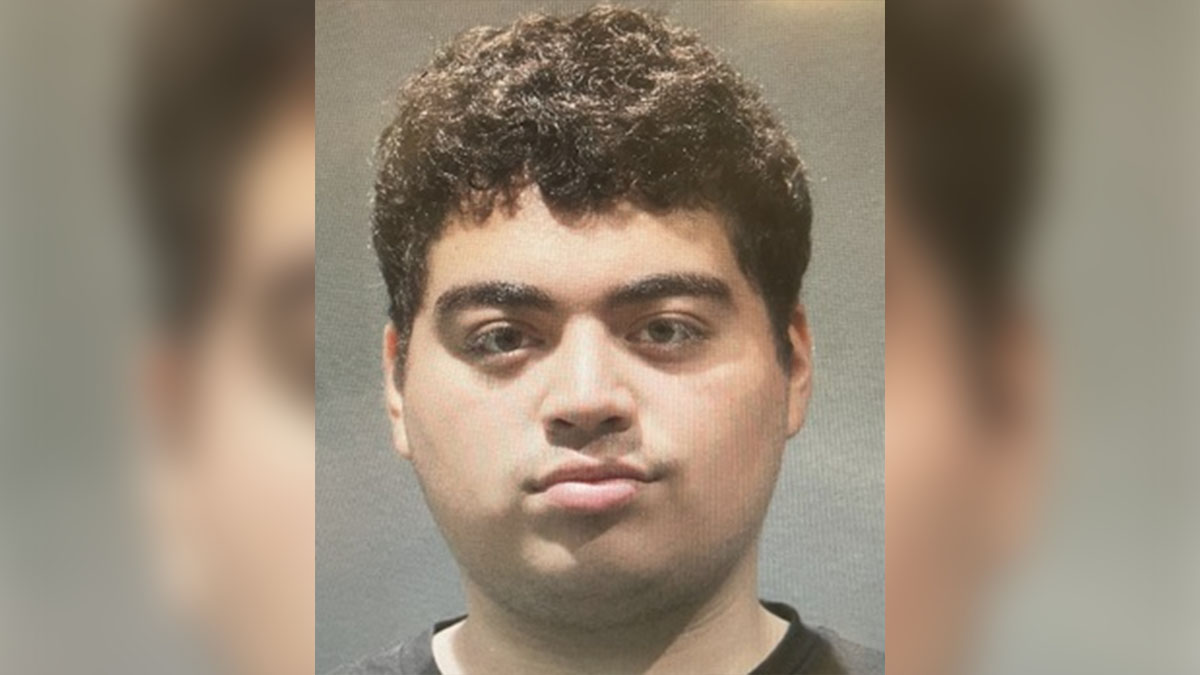Dana Fisher has spent recent weekends zigzagging through crowds of lab coat wearers and pussy hat knitters gathered on and around the National Mall. She has been collecting data on protesters, and what she has found is that the 2017 protester is part of a new -- and growing -- breed.
Fisher, a professor at the University of Maryland who studies protests, said these protesters are more likely to be new to protest and more likely to support a broad base of liberal ideals.
They are also more likely to return for more protests, which might help explain why the number of protests happening in Washington, D.C. is on the rise.
A new audit of the Metropolitan Police Department found that the District hosted approximately 2,436 marches between 2014 and 2016. That number does not include protests under the supervision of the U.S. Capitol Police or National Parks Service -- including events on the National Mall.
Each year, more protests were reported than the year prior.
if("undefined"==typeof window.datawrapper)window.datawrapper={};window.datawrapper["2B1uv"]={},window.datawrapper["2B1uv"].embedDeltas={"100":634,"200":471,"300":428,"400":385,"500":385,"600":385,"700":368,"800":368,"900":368,"1000":368},window.datawrapper["2B1uv"].iframe=document.getElementById("datawrapper-chart-2B1uv"),window.datawrapper["2B1uv"].iframe.style.height=window.datawrapper["2B1uv"].embedDeltas[Math.min(1e3,Math.max(100*Math.floor(window.datawrapper["2B1uv"].iframe.offsetWidth/100),100))]+"px",window.addEventListener("message",function(a){if("undefined"!=typeof a.data["datawrapper-height"])for(var b in a.data["datawrapper-height"])if("2B1uv"==b)window.datawrapper["2B1uv"].iframe.style.height=a.data["datawrapper-height"][b]+"px"});
Just Friday, protesters gathered at the National Rifle Association headquarters in Fairfax and began a walk to the Department of Justice in D.C. They plan to rally in D.C. Saturday.
Local
Washington, D.C., Maryland and Virginia local news, events and information
They were organized as part of the movement that also led to the Women's March on Washington the day after President Trump's election.
It's part of a persistent protest movement, Fisher said. “And it’s growing,” she added.
The recently released audit data does not include information on the number of protests that have happened in 2017. But Fisher said she knows the numbers are still going up, and fast.
Since Inauguration Day, the Women’s March, the March for Science, the March for Truth and others have flooded the District. According to Fisher, the National Parks Service has seen a significant increase in the number of requested permits this year.
The presidential election is likely the explanation for the uptake in protests reported during 2016, when former President Obama was still in office. Fisher said her research shows that peak protest times for 2016 were in November and December, in the time immediately before election day and in the period between the election and inauguration.
With all that protesting, D.C. Police have had plenty of experience monitoring the crowds. “We are there to make sure the peace is maintained,” said D.C. Police Assistant Chief Jeffery Carroll, who heads the Homeland Security Bureau, which includes the Special Operations Division.
The SOD is responsible for public safety during protests and other events that D.C. law defines as "First Amendment activities."
He said that all D.C. officers receive at least one week of First Amendment activity training at the police academy. Some officers, including those in SOD and some in patrol units, receive even more training for protest monitoring.
When a protest happens, Carroll said an appropriate number of officers are deployed to monitor the situation without alarming protesters. Specially trained officers are called in from their individual patrol units if more officers are required.
Carroll said most protesters are peaceful. Police responsibilities are mainly focused on making sure people can move about safely, especially during large gatherings such as the Women's March.
“We talk a lot about demonstrations,” Carroll said. “But in the large [gatherings] there is a large concern about crowd management.”
Carroll said many of the protests that D.C. Police respond to are on the smaller side, with 100-200 attendees.
While the number of large protests did increase between 2015 and 2016, the number did not rise between 2014 and 2015. Mid-size protests featuring 25 to 999 protesters saw the largest increase.
Carroll said D.C. Police look to other departments to learn more about how to best manage protest situations -- and that D.C. often serves as a model.
“We have a lot of different agencies that have reached out to us over the years,” Carroll said. “We are very unique here in how we handle demonstrations, and I would venture to say that our officers are some of the best trained officers in the world.”
For Fisher, who came to D.C. with the hope of observing protests, protest activity is a part of D.C.'s identity.
“Protests are one of the main ways that citizens express their opinions,” Fisher said. “And when they want to do that they go to Washington.”



